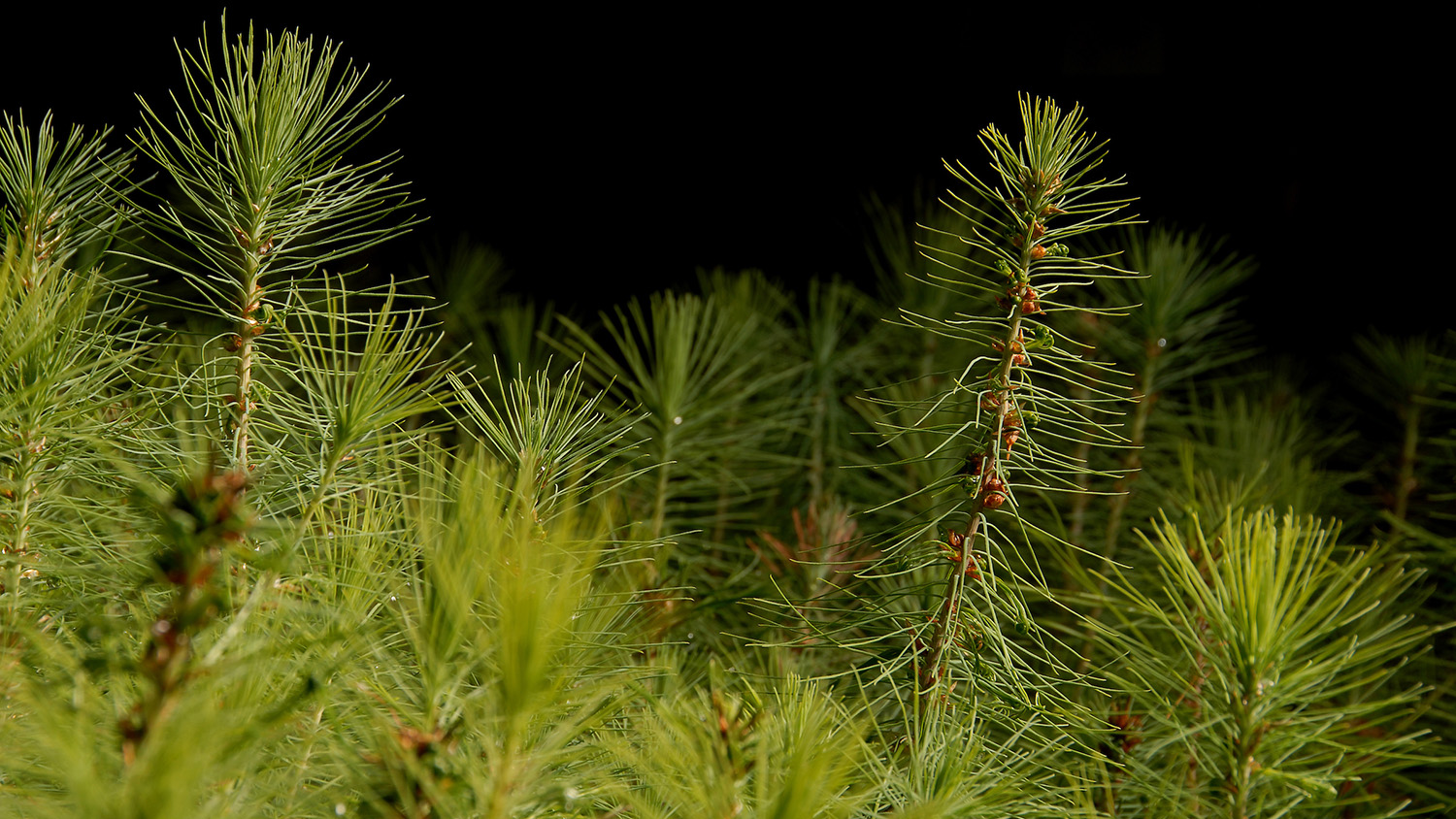Forestry Researchers Gain New Insights Into Wood Formation

North Carolina State University researchers have uncovered how a complex network of transcription factors switch wood formation genes on and off. Understanding this transcriptional regulatory network has applications for modifying wood properties for timber, paper and biofuels, as well as making forest trees more disease- and pest-resistant.
“We’re building a complete story, so to speak, of how wood formation functions – all the intricate components, how they interact and how they fit together to regulate wood formation inside the cell walls of woody plants,” says Jack Wang, assistant professor in the College of Natural Resources and co-lead author of a Plant Cell article about the work.
Researchers with NC State’s Forest Biotechnology Group used transgenic black cottonwood (Populus trichocarpa), a species they’ve studied intensively, to identify interactions in a transcriptional regulatory network directed by a key transcription factor. The researchers documented four levels of interactions in the network, from DNA to enzyme levels. The work is an extension of two previous studies published in PNAS and Plant Cell by Forest Biotechnology Group members.

Wang says several recent studies show that lignin is related to disease and insect resistance in trees, a major concern. A 2012 U.S. Forest Service report estimated that 7 percent of the nation’s forests are in jeopardy of losing more than a quarter of their tree vegetation by 2027. The amount of threatened vegetation rose by 40 percent in just six years.
“Studies like this that look at lignification and wood formation will have great value in helping to understand how trees can be made to be more robust and to improve forest health in general,” Wang says.
A version of this story appeared in NC State News.


